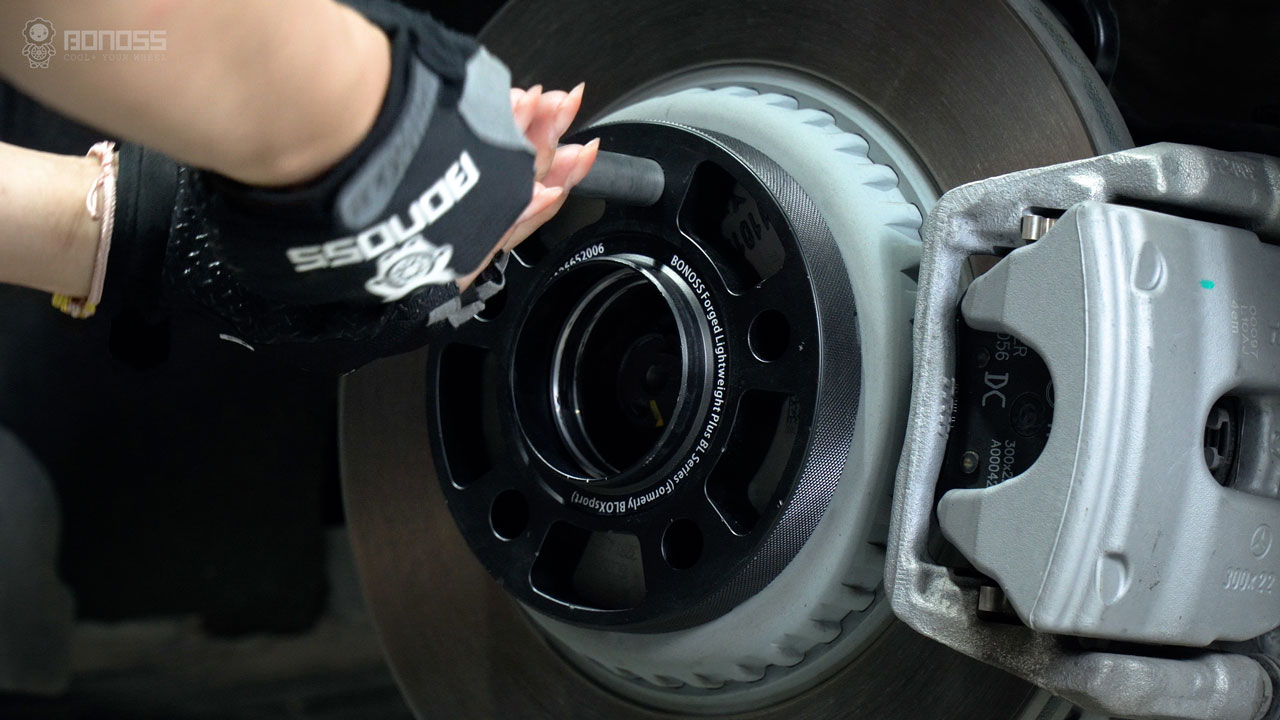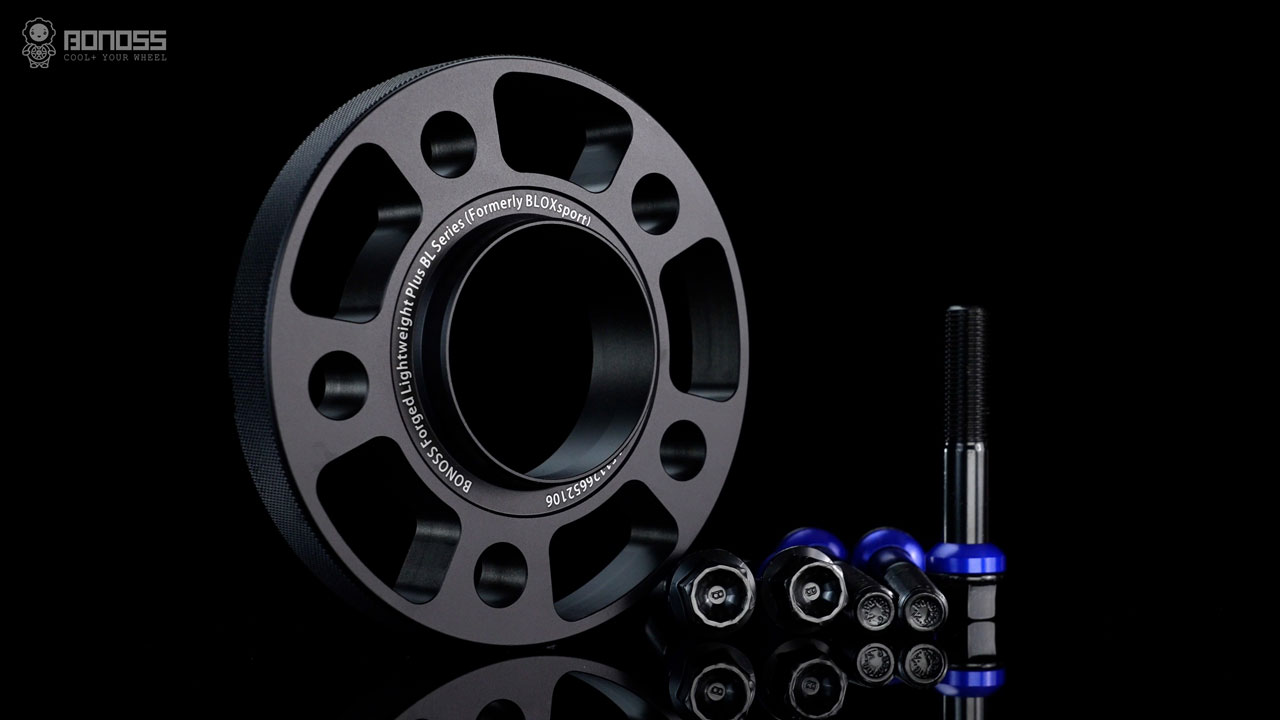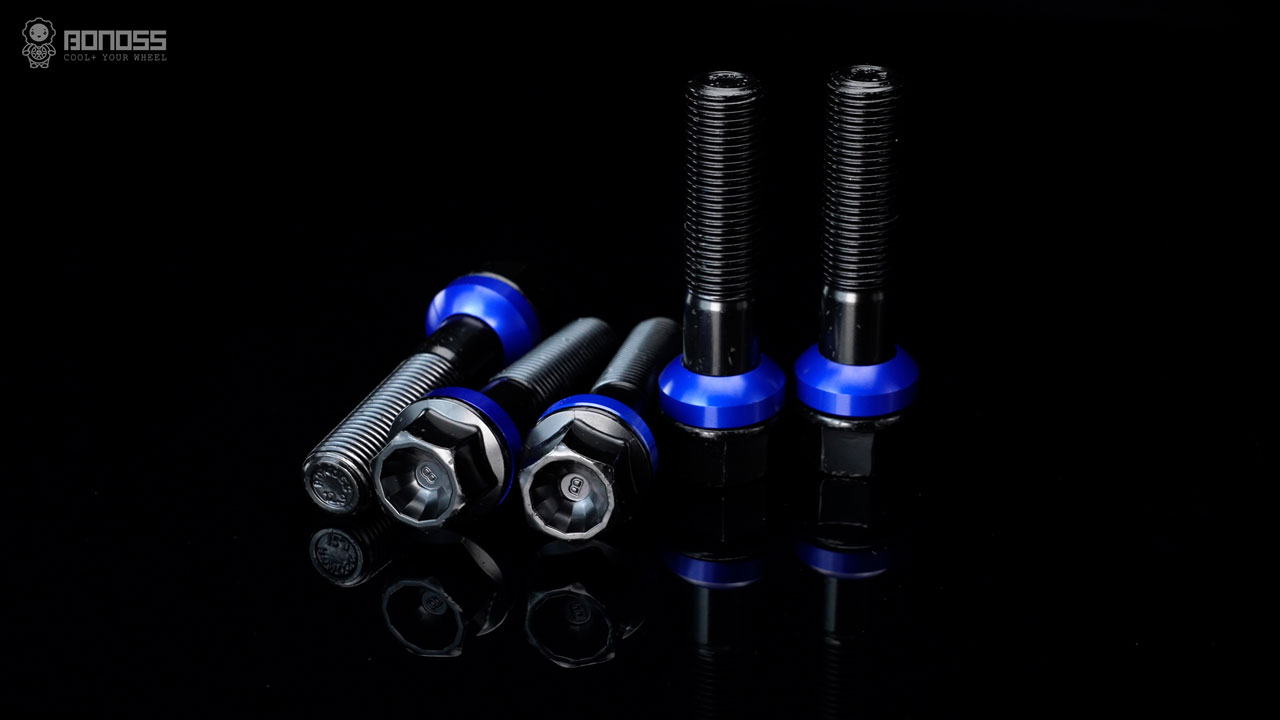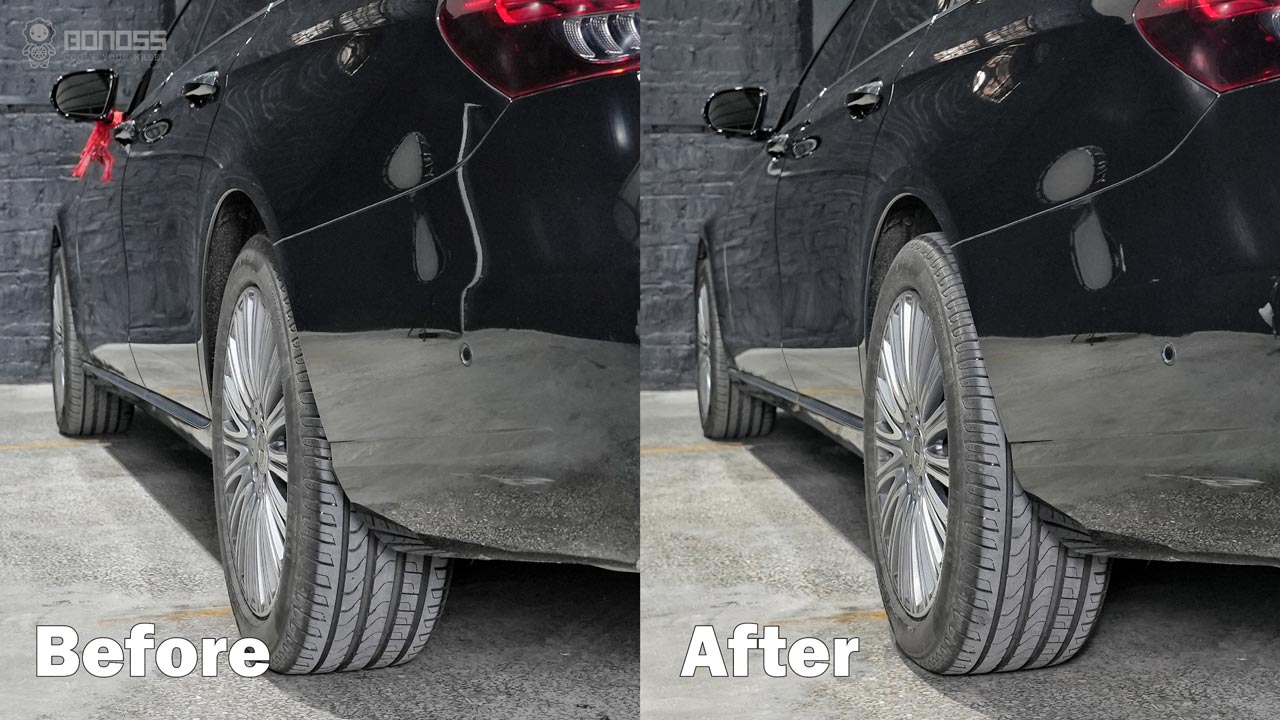If you get bolt-on wheel spacers, the installation process will be easy. Place the spacer on the vehicle hub, and make sure that the spacer sits flush against the mounting surface. Tighten the spacer with the provided lug bolts in a star pattern. Then use the OE wheel bolts to secure the wheel on the spacer. With a standard torque wrench, twist the bottom knob until you screw the handle to the appropriate torque.
Generally, extended wheel bolts are necessary components to properly fix slip-on wheel spacers. Place the spacer on the hub and ensure it is firmly seated and flush against the hub. Directly remount the wheel and use extended wheel bolts to fasten everything correctly. A wheel hanger is helpful to align the hub holes. Properly torqued each bolt, you will see that the wheel connection is tight and stable.

How Long Wheel Bolts Do I Need?
Getting the wheel fastener length right is critical with regard to safe wheel installation. If you install 12mm wheel spacers, simply add up 12mm to the stock bolt length, the result value is the length of the extended bolts. (OEM bolt length + spacer thickness = extended wheel bolt length). Since some wheels have a thicker mounting pad, you may need wheel bolts a little longer than this.
BONOSS offers a full line of extended wheel bolts to suit your wheel spacers, lengths from 27mm to 75mm. They are made of SCM440 steel material, which features many desirable properties such as high strength, wear resistance, excellent toughness, impact resistance, and high-temperature resistance. All of them are tested by SGS and TÜV standards: tensile strength≥1,220Mpa, ultimate tensile load≥152,000N, hardness (HV)≥395, NSS≥500H… Such wheel bolts are perfect for safely fixing the wheels and spacers on the vehicle.


Should You Use Loctite on Wheel Spacers?
Actually, Loctite is not often used on wheel spacers. As long as you use quality spacers and properly torque them, they will never come loose. As a threadlocker, Loctite will fill the gaps between the threads hence no rust. But it also makes the spacer even tighter. If you don’t intend to use wheel spacers permanently, then you don’t need a Loctite threadlocker.
But Loctite still helps. It inhibits the integration of moisture. In this case, using a Blue threadlocker is OK. Red is permanent. Remember only use it on the studs holding the spacer to the hub (not the spacer to wheel studs). Make sure the nuts and bolts are clean and free from oil or dirt. Both surfaces must be clean to develop full bonding strength.






